Tailored Heating Solutions for your Home
Whether you’re upgrading to a high-efficiency boiler, exploring renewable energy with solar panels for your home, or ensuring peace of mind with our boiler care plans, we’re here to create the perfect system for your lifestyle.

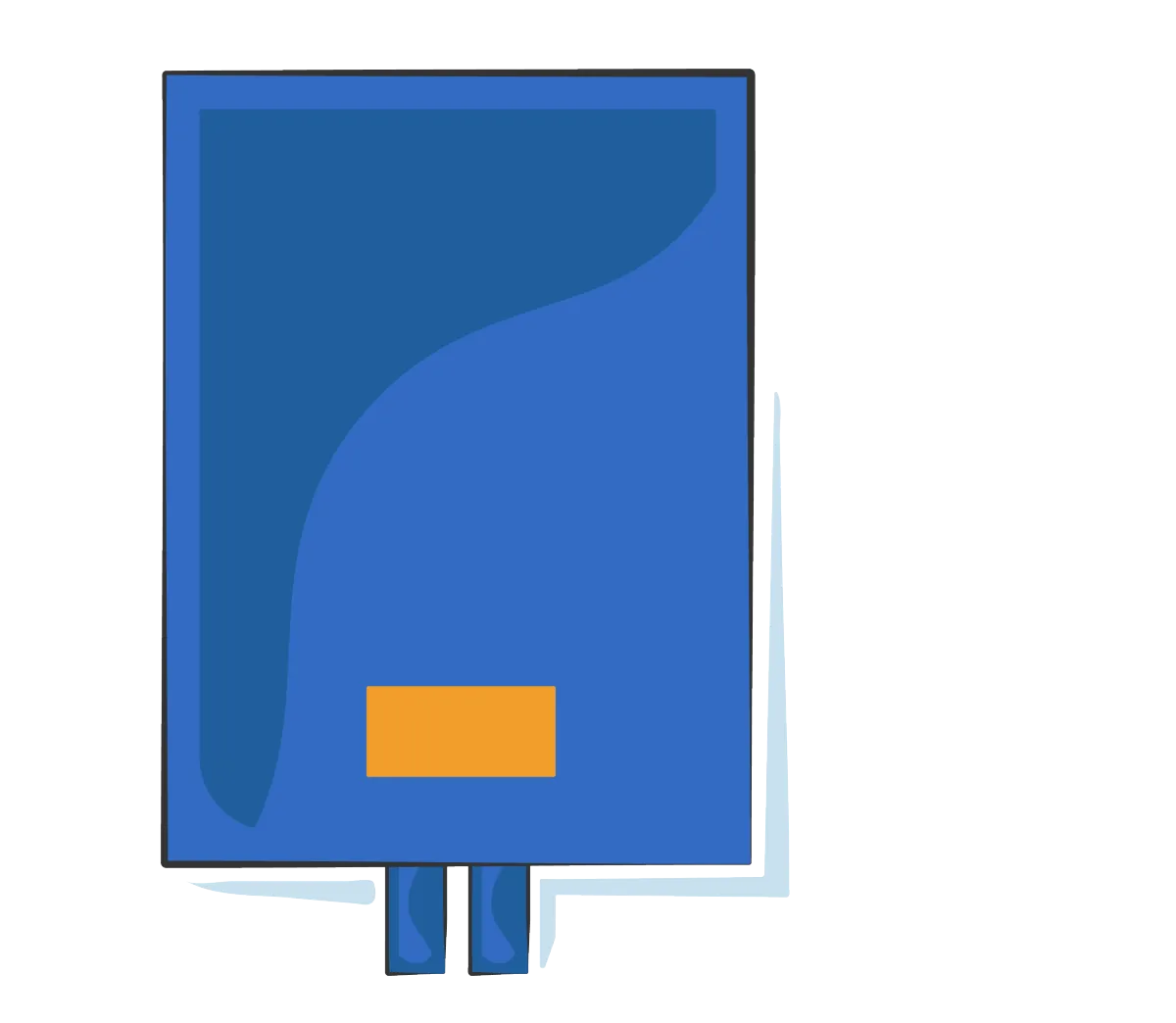
Boilers
Reliable Boiler Solutions: Expert Boiler Installations, Comprehensive Boiler Servicing, Efficient Boiler Repairs, and Flexible Boiler Care Plans
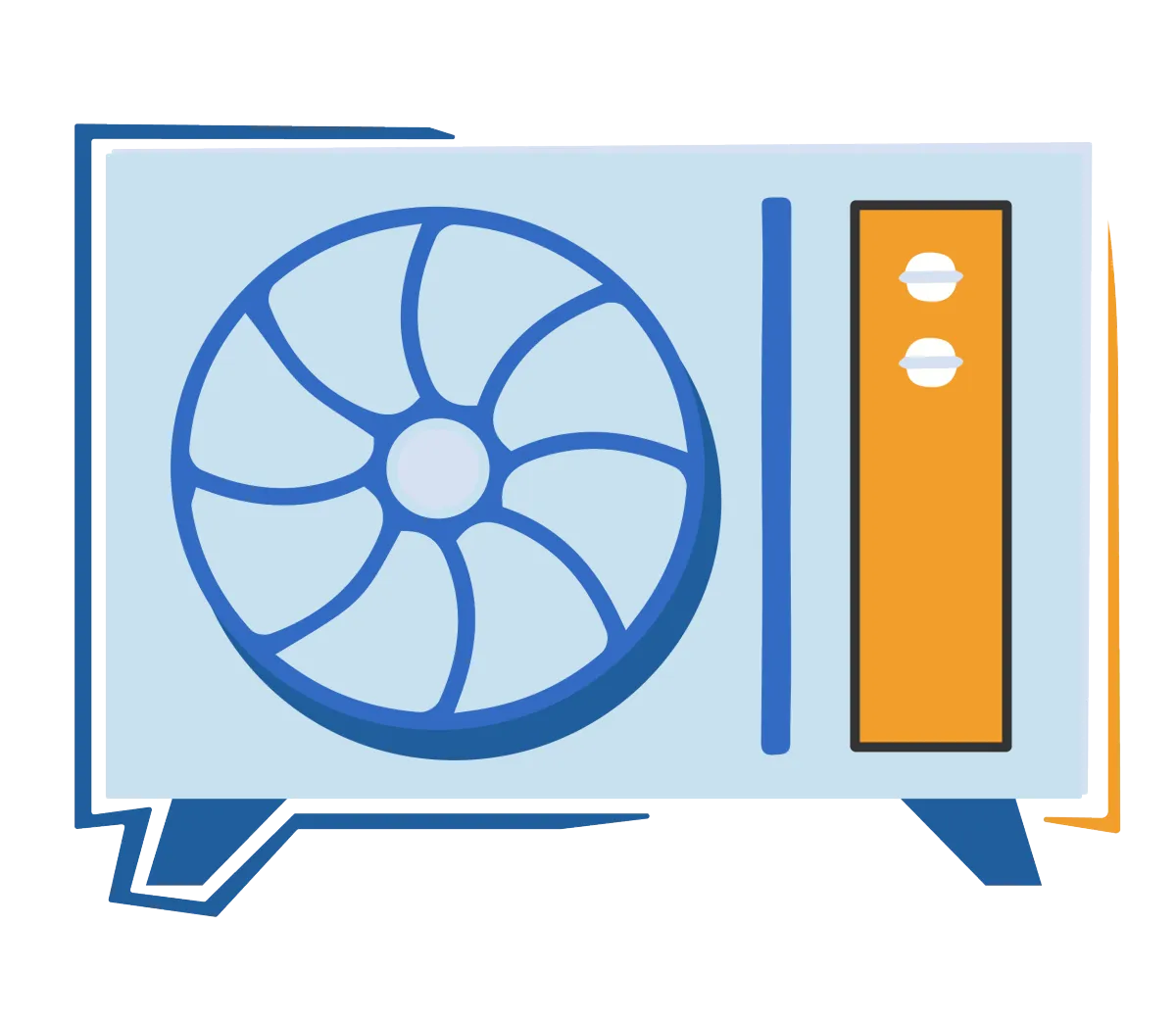
Heat Pumps
Professional Heat Pump Installations and Expert Heat Pump Servicing for Maximum Efficiency

Solar & Battery
High-Quality Solar Panel Installations. Or why not team solar and battery storage for your home
Tailored Heating Solutions for Every Home

Whether you’re upgrading to a high-efficiency boiler, exploring renewable energy with solar panels, or ensuring peace of mind with our care plans, we’re here to create the perfect system for your lifestyle.
Whether you’re upgrading to a high-efficiency boiler, exploring renewable energy with solar panels, or ensuring peace of mind with our care plans, we’re here to create the perfect system for your lifestyle.

Boilers
Reliable Boiler Solutions: Expert Boiler Installations, Comprehensive Boiler Servicing, Efficient Boiler Repairs, and Flexible Boiler Care Plans

Heat Pumps
Professional Heat Pump Installations and Expert Heat Pump Servicing for Maximum Efficiency

Solar & Battery
High-Quality Solar Panel Installations. Or why not team solar and battery storage for your home
Get an instant heat pump quote
Curious about the cost of a heat pump? Get an instant heat pump quote with our easy-to-use online tool! In just a few clicks, you’ll receive a tailored estimate based on your home’s specifications—no hassle, no waiting.
Boiler Care For Homeowners & Landlords
At Neater Heat, we offer trusted boiler care plans tailored for homes in Aldershot, Farnham, and the surrounding areas, including Fleet, Farnborough, and Guildford. Our boiler care plans are designed to keep your heating system running efficiently all year round, with regular servicing, priority call-outs, and fixed pricing for peace of mind. Whether you're in the heart of Farnham or just outside Aldershot, our local team is here to deliver reliable, expert support with excellent communication every step of the way. Join hundreds of homeowners who trust Neater Heat to keep their homes warm and energy-efficient with a boiler care plan that’s built around you.

Boiler Installations, Boiler Service & Boiler Repairs
At Neater Heat, we provide top-notch boiler installations, thorough servicing, and swift, reliable repairs. Whether you’re upgrading to a more efficient central heating system, maintaining peak performance, or addressing unexpected issues, our skilled Gas Safe team is here to help. With a commitment to quality and customer satisfaction, we ensure your home stays warm, efficient, and worry-free all year round.

Heat Pump Solutions
Tailored heat pump installations designed for your home’s unique needs.
Neater Heat specialises in professional heat pump installations across Hampshire, Surrey, Berkshire, and Greater London. Our local team MCS accredited team provides meticulous servicing and dependable repairs to keep your system running at peak efficiency. Whether you're upgrading to eco-friendly heating, ensuring optimal efficiency, wanting to get an idea of the cost of a air source heat pump, or addressing unexpected issues, our MCS accredited, expert team has you covered.

Solar Installations
Professional solar panel installations, or solar and battery storage for your home.
Illuminate your home’s potential with Neater Heat’s professional solar panel installations, or solar and battery storage for your home. Our MCs and Napit accredited expert team designs and installs tailored solar panel systems that maximise solar energy efficiency and reduce your carbon footprint. Take the first step toward a sustainable future with reliable, cost-saving solar solutions that power your home and protect the planet.

What Our Customers Say About Us...
Our Promise

Proud of Our Communication
Clear, friendly, and always here to help.

Reliable Service, Every Time
Count on us to deliver, no exceptions

Innovative with Technology
Smart tools powering reliable solutions

Trusted to Get It Right
Our reputation speaks for itself

Our Promise
Proud of our communication -
Clear, friendly, and always here to help.
Reliable Service, Every Time -
Count on us to deliver, no exceptions
Innovative with Technology -
Smart tools powering reliable solutions
Trusted to Get it Right -
Our reputation speaks for itself
We're Here To Help
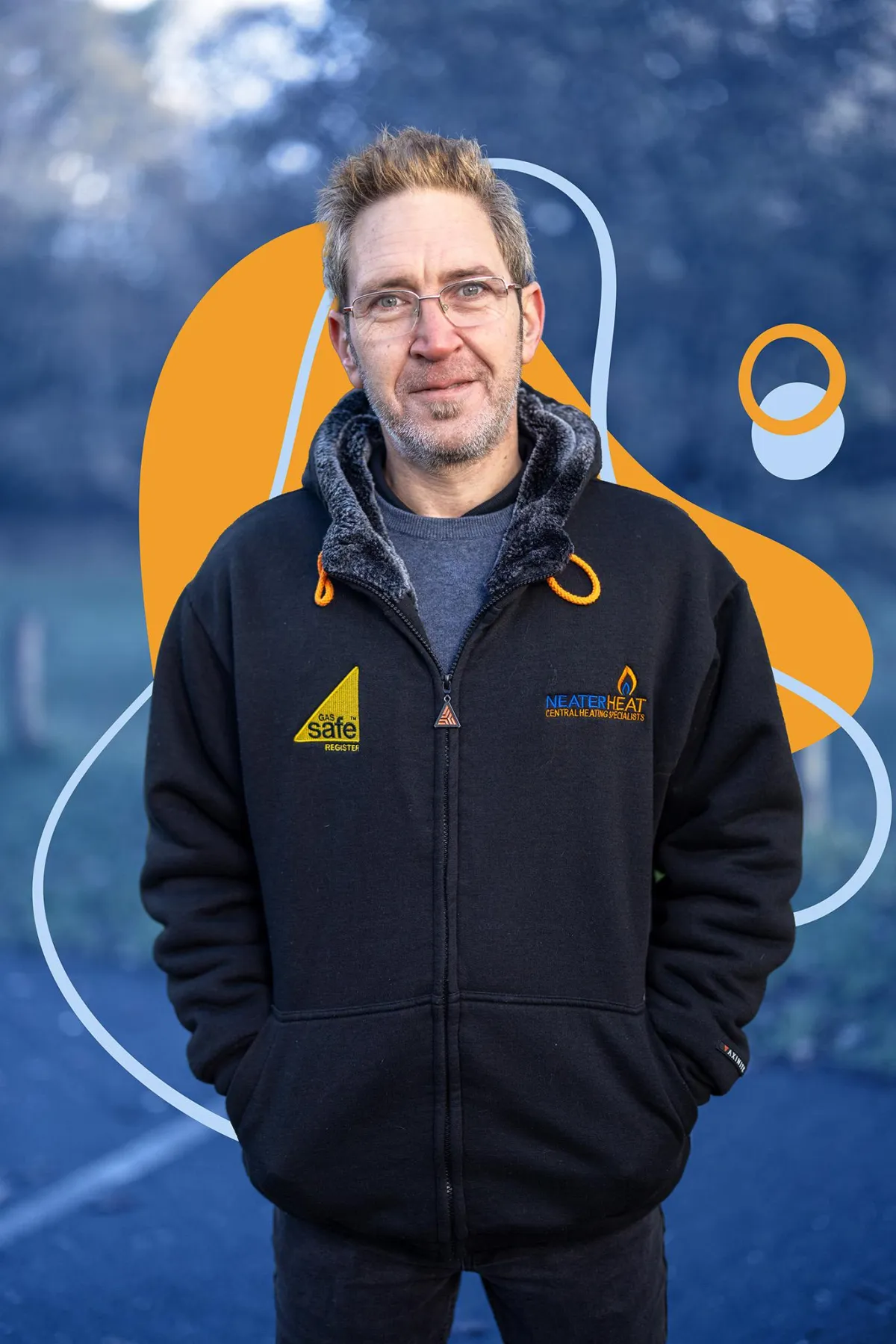
Richard Hiblen
Renewables Manager

Millie Tilbury
Operations Administrator

Lee Tilbury
Managing Director

Matthew Crawford
Design & Operations

Jade Messingham
Head of Operations
Latest Updates
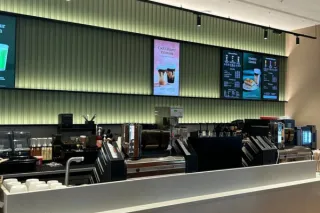
Neater Heat Team Discovers the New Starbucks in Aldershot Town Centre
The Neater Heat team take a trip to the new Aldershot Starbucks to treat our new team member Ange. ...more
News Updates
June 04, 2025•2 min read

5 Reasons To Install Renewable Energy In Your Self Build Project
Neater Heat look into renewable energy for self build homes. ...more
Eco News ,Renewables
May 27, 2025•4 min read
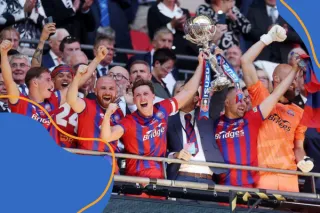
Wembley Glory for Aldershot FC: A Historic Moment | Neater Heat
A proud moment for Aldershot Town FC as they make club history at Wembley. Neater Heat celebrates the achievement with the local community. ...more
Support ,News Updates
May 13, 2025•2 min read

Renewable Energy: 30 Facts That Will Inspire You to Go Green
Dive into 30 eye-opening facts about renewable energy and find out how Neater Heat is helping UK homeowners embrace eco-friendly heating options. ...more
Eco News ,Learning &Renewables
May 07, 2025•4 min read

Lee’s Fundraising Run: A Landmark Achievement for Charity
Neater Heat’s Lee Tilbury takes on a milestone run to raise funds and awareness. Discover the story behind this inspiring achievement. ...more
News Updates
April 25, 2025•2 min read
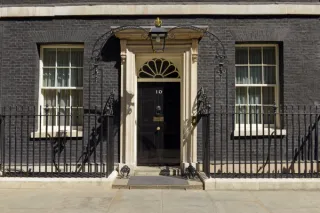
Boiler Upgrade Scheme Explained: £7,500 Grants for Low-Carbon Heating
Learn how the UK’s Boiler Upgrade Scheme (BUS) offers £7,500 grants for heat pump installations. Neater Heat simplifies the process for homeowners. ...more
News Updates ,Eco News &Renewables
April 17, 2025•3 min read
Neater Heat Team Discovers the New Starbucks in Aldershot Town Centre
The Neater Heat team take a trip to the new Aldershot Starbucks to treat our new team member Ange. ...more
News Updates
June 04, 2025•2 min read

5 Reasons To Install Renewable Energy In Your Self Build Project
Neater Heat look into renewable energy for self build homes. ...more
Eco News ,Renewables
May 27, 2025•4 min read

Wembley Glory for Aldershot FC: A Historic Moment | Neater Heat
A proud moment for Aldershot Town FC as they make club history at Wembley. Neater Heat celebrates the achievement with the local community. ...more
Support ,News Updates
May 13, 2025•2 min read

Renewable Energy: 30 Facts That Will Inspire You to Go Green
Dive into 30 eye-opening facts about renewable energy and find out how Neater Heat is helping UK homeowners embrace eco-friendly heating options. ...more
Eco News ,Learning &Renewables
May 07, 2025•4 min read

Lee’s Fundraising Run: A Landmark Achievement for Charity
Neater Heat’s Lee Tilbury takes on a milestone run to raise funds and awareness. Discover the story behind this inspiring achievement. ...more
News Updates
April 25, 2025•2 min read

Boiler Upgrade Scheme Explained: £7,500 Grants for Low-Carbon Heating
Learn how the UK’s Boiler Upgrade Scheme (BUS) offers £7,500 grants for heat pump installations. Neater Heat simplifies the process for homeowners. ...more
News Updates ,Eco News &Renewables
April 17, 2025•3 min read


Stay in the Know
Join our community and become an insider by subscribing to our newsletter! Don't miss out on well-kept tips and tricks that can transform the way you use energy in your daily life. By being part of our newsletter family, you'll receive cutting-edge updates, sustainable living guides, and expert advice on how to make energy efficiency a seamless part of your routine.
Sign up now and start enhancing your energy-saving skills today with our wealth of knowledge delivered straight to your inbox!

Subscribe to our socials
© Copyright 2025. Neater Heat Ltd. All rights reserved.
Registered in England, Company No. 10124412. VAT Reg No. 249 4689 52 Registered Address: 6 Beechnut Ind Estate, Beechnut Road, Aldershot, Hampshire, GU12 4JA
